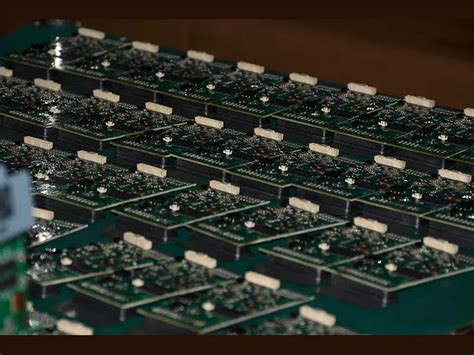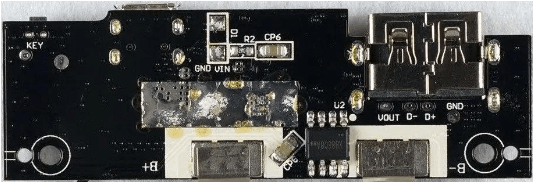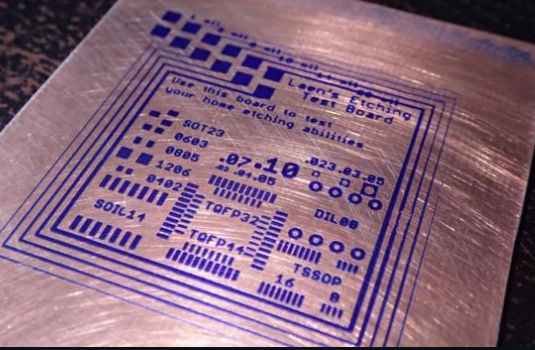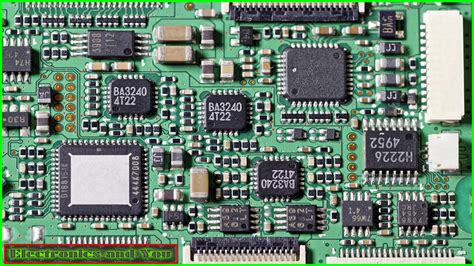Advancements in SMT PCBA Manufacturing Techniques and Trends
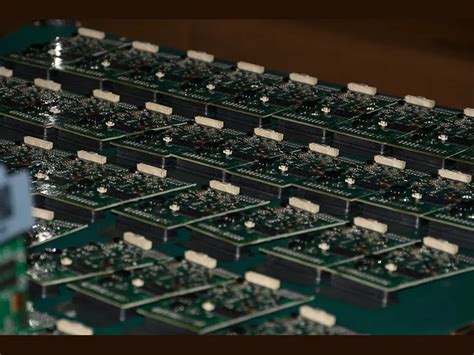
Key Takeaways
As the landscape of SMT PCBA manufacturing evolves, several key trends emerge, highlighting critical advancements that shape the future of PCB assembly. One prominent trend is the integration of automation, which significantly enhances efficiency in the assembly process. By utilizing advanced machinery and robotic applications, manufacturers can achieve higher throughput and reduce human error. Another essential component is the emphasis on precision; recent advancements in SMT techniques facilitate tighter tolerances and improved alignment, allowing for sophisticated circuit designs that can meet modern electronic demands. Additionally, quality control measures have taken center stage, with innovations such as real-time monitoring systems ensuring that every PCBA meets stringent quality standards before reaching the market. Moreover, sustainability is becoming integral in manufacturing practices, with a focus on reducing waste and enhancing resource efficiency throughout the PCB assembly process. Finally, emerging technologies such as artificial intelligence (AI) and machine learning are paving new avenues for optimizing electronics assembly operations, promising a future where smart systems predict failures and provide actionable insights to further refine performance metrics in SMT PCBA manufacturing.
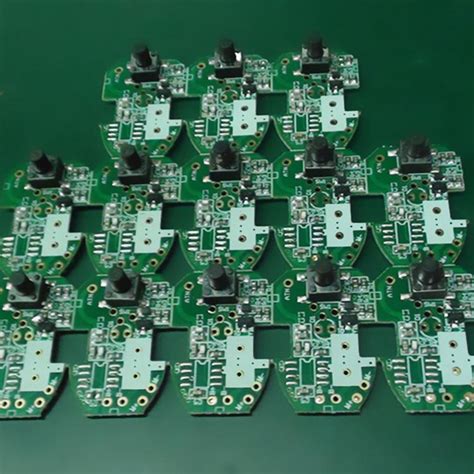
Emerging Technologies in SMT PCBA Manufacturing
The landscape of SMT PCBA manufacturing is undergoing a profound transformation as new technologies emerge to meet the demands of modern electronic assembly. One notable advancement is the integration of robotic automation, which significantly enhances the efficiency of pcb assembly processes. These robotic systems not only speed up production times but also reduce human error, leading to increased accuracy in soldering and component placement. Additionally, innovations in 3D printing technology are finding their way into pcba manufacturing, allowing the rapid prototyping of circuit boards and enabling designers to iterate more swiftly on their concepts. This shift is crucial for staying competitive in a market that emphasizes speed and quality. To support these advancements, the development of sophisticated software tools equipped with real-time monitoring features has become indispensable. These tools enable manufacturers to gather data on production performance, allowing for rapid adjustments that ensure continual improvement.
“Embracing new technologies not only streamlines operations but significantly boosts overall product quality.”
Furthermore, advancements in materials science are yielding better solder pastes and substrates that can withstand higher temperatures and provide greater reliability. With these emerging technologies facilitating faster production cycles while maintaining high standards in quality control, the pcba industry is poised for a bright, innovative future that emphasizes both performance and sustainability. As companies continue to adopt these cutting-edge technologies, they position themselves at the forefront of a rapidly evolving sector that holds immense potential for growth and innovation.
Enhancing Efficiency: Automation in PCB Assembly
Automation plays a crucial role in the evolution of pcb assembly and pcba processes, significantly enhancing overall efficiency. In recent years, manufacturers have increasingly adopted automated equipment to streamline various stages of the assembly process, greatly reducing human error and increasing speed. One prominent example is the use of Advanced Pick and Place (P&P) machines which not only automate the placement of components on printed circuit boards but also optimize the layout for better space utilization.
Here’s a simplified view of how automation has transformed pcb assembly:
| Phase in PCB Assembly | Traditional Method | Automated Method |
|---|---|---|
| Component Placement | Manual insertion | Robotic Pick and Place |
| Soldering | Wave Soldering/Hand Solder | Selective Soldering Systems |
| Inspection | Manual visual checks | Automated Optical Inspection |
| Testing | Functional testing | Automated Test Equipment |
Automating these processes not only accelerates production timelines but also ensures superior accuracy, which is paramount in high-stakes electronics where component placement precision directly impacts device performance. The integration of automation technologies like IoT-enabled machinery allows for real-time monitoring and data collection, enabling manufacturers to fine-tune processes and react swiftly to inefficiencies.
Moreover, the ability to use advanced software for programming these machines adds another layer of flexibility. This adaptability is crucial as manufacturers can quickly shift between different projects or product types without extensive downtime or training requirements. Ultimately, the move towards automation in pcb assembly is not just about replacing manual labor but enhancing overall operational capabilities, leading to higher-quality pcba outputs and reduced lead times.
Precision in Production: Advancements in SMT Techniques
The landscape of SMT PCBA manufacturing has witnessed remarkable advancements that significantly enhance precision in production. One key development is the integration of advanced optimization software, which allows for real-time data analysis and feedback during the PCB assembly process. This technology ensures that any deviations from expected performance metrics can be promptly rectified, thereby increasing throughput and reducing waste. Additionally, the use of high-resolution imaging systems has become essential for achieving finer alignment during component placement, ultimately contributing to the overall accuracy of the assembly. These systems enable manufacturers to inspect each module with an unmatched level of detail, ensuring that solder joint quality meets rigorous standards.
Moreover, advancements in automation technologies, such as robotic placing tools, have diminished human error in the SMT process. The precision achieved through automated machinery not only enhances the quality of each PCBA but also allows for scalability in production volumes without compromising on consistency. As these technologies evolve, manufacturers are increasingly able to produce complex electronic designs with increasing efficiency and reliability. This commitment to quality is supported by continual improvements in materials used within PCBs, including better solder alloys that withstand thermal stress and environmental factors.
In summary, the enhancements in SMT techniques collectively serve to push the boundaries of precision within electronic assembly, paving the way for future innovations in the industry. The continuous drive towards higher quality standards not only benefits manufacturers but ultimately leads to more reliable products for consumers worldwide, signaling a bright future for SMT PCBA manufacturing.
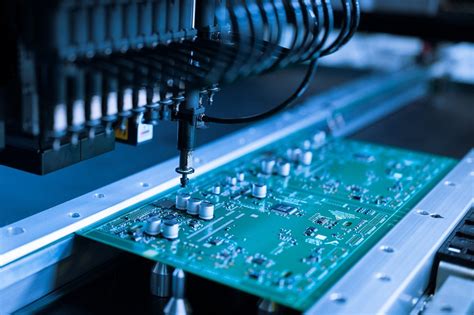
Quality Control Innovations in PCB Assembly
In the fast-evolving realm of pcb assembly, quality control remains a paramount concern. Recent innovations are significantly elevating standards in the assembly line, ensuring that every pcba meets rigorous specifications. One notable advancement is the integration of automated inspection systems that utilize high-resolution cameras and machine learning algorithms. These systems are capable of detecting defects in real-time, vastly reducing the likelihood of faulty components making their way into final products. Additionally, the implementation of inline testing during various stages of the pcb assembly process allows for immediate feedback and adjustments, minimizing waste and maximizing efficiency. Enhanced data analytics tools further complement these innovations by offering insights into process deviations and product quality, enabling manufacturers to proactively address potential issues before they escalate. Moreover, collaborative robots or cobots are increasingly being employed to assist human workers in repetitive tasks, ensuring consistent precision while allowing for more complex assembly activities to be handled with ease. Ultimately, these advancements not only enhance the quality and reliability of each pcba, but also foster a culture of continuous improvement within manufacturing environments.
Sustainability Trends in SMT PCBA Manufacturing
In recent years, the emphasis on sustainability within the SMT PCBA manufacturing landscape has become increasingly pronounced. Industry stakeholders are recognizing the importance of adopting environmentally friendly practices to minimize waste and energy consumption during PCB assembly processes. A significant trend is the use of lead-free soldering, which not only aligns with regulatory requirements but also promotes a healthier environment. Moreover, manufacturers are exploring recyclable materials for boards and components, reducing their ecological footprint while maintaining the integrity of their products. Additionally, energy-efficient machinery and renewable energy sources are being integrated into production lines to bolster overall efficiency without compromising production speed. These sustainable practices signal a shift towards responsible manufacturing that harmonizes technological advancement with environmental stewardship, ensuring that the future of PCBA remains bright and eco-conscious.
The Role of AI and Machine Learning in Electronics Assembly
The integration of AI and machine learning into the realm of electronics assembly has marked a significant shift in the SMT PCBA manufacturing landscape. These technologies are not merely enhancements; they represent a transformation in how automated processes are executed, ultimately increasing both efficiency and accuracy within the production line. For instance, predictive algorithms can analyze data from previous PCB assembly runs to foresee potential issues, enabling operators to address problems before they escalate into costly errors. Additionally, through real-time monitoring powered by AI, manufacturers can adjust conditions on-the-fly, ensuring optimal performance during every stage of production. This capability reduces downtimes and contributes to producing higher-quality assemblies with minimal defects. Furthermore, as these technologies evolve, they facilitate smarter robotics designed for more complex tasks that were once considered too intricate for automation. As a result, the role of AI and machine learning is becoming increasingly pivotal in driving advancements in both process reliability and production rates within the competitive field of SMT PCBA manufacturing.
Future Outlook: Trends Shaping SMT PCBA Technology
As the landscape of SMT PCBA manufacturing evolves, several key trends are emerging that are set to shape the future of PCB assembly. One of the most notable trends is the integration of smart manufacturing practices, which leverage data analytics and real-time monitoring to optimize production processes. The push towards greater automation is also significant, with advanced robotics and automated systems increasingly employed to enhance efficiency and reduce human error in PCBA. Furthermore, innovations in materials and soldering techniques are improving the overall reliability and performance of the assemblies.
Another prominent trend is the ongoing commitment to sustainability within SMT PCBA manufacturing. Companies are exploring eco-friendly materials and processes that not only minimize environmental impact but also lower operational costs. The adoption of circular economy principles is gaining traction, encouraging the reuse and recycling of electronic components.
Finally, as technology progresses, we can expect that AI and machine learning will play a vital role in further enhancing precision in production and streamlining quality control measures. By processing vast amounts of data, these technologies can provide actionable insights that lead to improved decision-making in real time. Together, these driving forces will define the future direction of SMT PCBA technology, paving the way for more innovative solutions in electronic assembly.
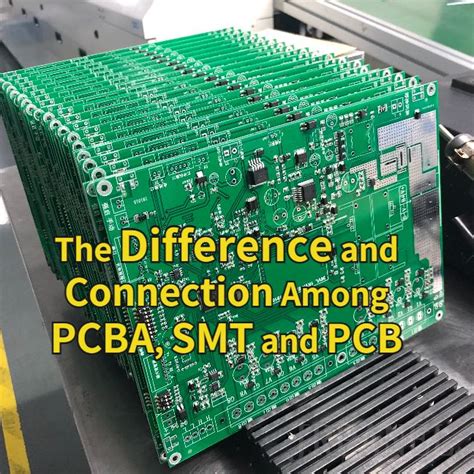
Conclusion
In recent years, the field of SMT PCBA manufacturing has witnessed remarkable growth, driven by emerging technologies and innovative practices that are redefining electronic assembly processes. These advancements have significantly enhanced the overall efficiency and precision of PCB assembly, allowing manufacturers to meet the ever-increasing demands for smaller, more complex, and high-performance products. Automation has become a critical component in streamlining production lines, reducing labor costs, and minimizing human error during assembly. Furthermore, incorporation of advanced quality control methodologies has ensured that only the highest-quality PCBA products reach the market. As sustainability becomes a predominant concern within the industry, companies are increasingly adopting eco-friendly practices that not only comply with global standards but also contribute to a greener future. The synergy of AI and machine learning is also playing a pivotal role in refining production techniques, offering predictive analytics that can lead to more informed decision-making processes. Looking ahead, the trends shaping SMT PCBA technology indicate a promising trajectory towards even greater innovations that will further influence how electronic devices are manufactured and assembled worldwide.
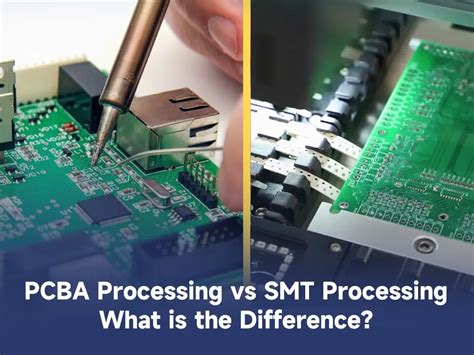
FAQs
What is SMT PCBA manufacturing?
SMT PCBA (Surface Mount Technology Printed Circuit Board Assembly) manufacturing is a process where electronic components are mounted directly onto the surface of printed circuit boards. This technique allows for higher density of components and improved reliability in various electronic devices.
What are the key advancements in SMT PCBA techniques?
Recent advancements include enhanced automation, which increases production speed and reduces human error. Innovations in inspection technologies, such as automated optical inspection (AOI), help ensure the quality of pcb assembly, while new materials allow for more efficient thermal management.
How does automation enhance efficiency in PCB assembly?
Automation streamlines workflows by utilizing machinery for component placement, soldering, and inspection. This significantly reduces cycle times and operational costs, enabling higher throughput without compromising on the quality of the pcba.
What role does precision play in SMT techniques?
Precision is critical in SMT as the miniaturization of components demands exact placement and soldering to avoid defects. Advanced placement machines and more accurate solder pastes help achieve high levels of precision essential for modern electronics.
How are innovations in quality control impacting PCB assembly?
Innovations like smart sensors and real-time monitoring systems are integral to enhanced quality control. These technologies detect defects early in the manufacturing process, leading to lower rejection rates and improved overall product reliability in pcba production.

